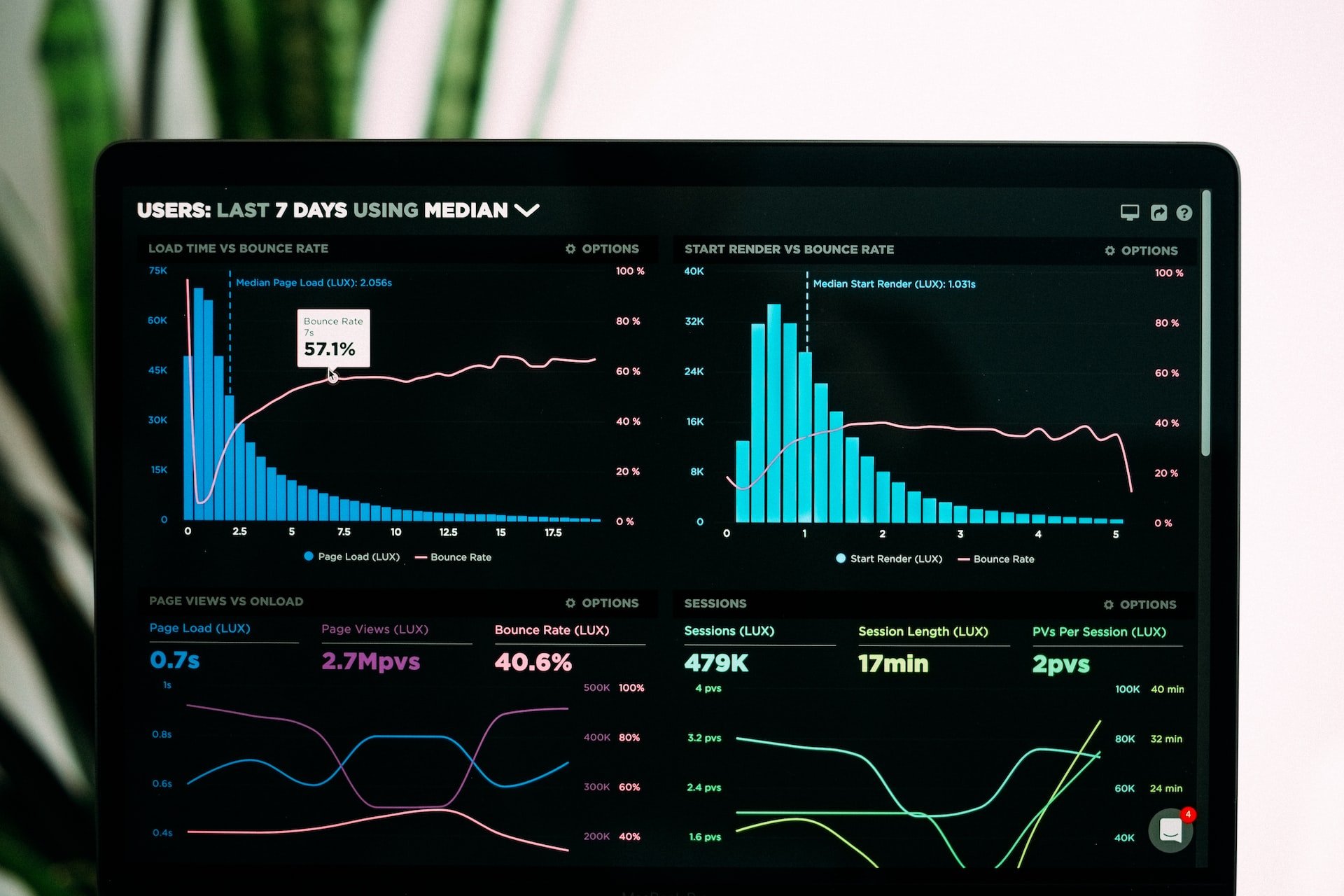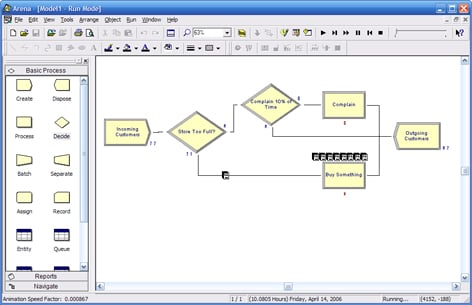A stochastic system or process is one whose behavior is non-deterministic. This means that a system’s subsequent state is determined both by the process’ predictable actions and by a random element. Most –if not all- of real-life systems are stochastic.

They behavior can be measured and fitted into distributions and probabilities, but rarely determined by a single value (hence non-deterministic). For example, the time a cashier at the bank needs to process a deposit from a customer will depend upon many factors (some of which can be controlled, others can’t; some of which are measurable, others aren’t), but at the end, measuring a set of observations of the cashier’s process time for a deposit, can be used to fit a distribution and ‘predict’ what the processing time will be in a discrete event simulation model.
One of the benefits of discrete event simulation models compared to other deterministic modeling –e.g. linear programming or MIP; as well as compared to other stochastic modeling –e.g. Markov chains or dynamic programming; is that the problem doesn’t need to be relaxed (a technique used to overcome strict restrictions of NP-hard models so they can be solved in polynomial time) and hence can be kept more ‘real’. Furthermore, it allows a graphic and visual representation of the system, which facilitates the understanding of it and the validation process. Once a model is programmed in a commercial software (e.g. ProModel or Arena), a process of verification and validation is followed to ensure the model behaves as expected and compares closely to the real-life system. This gives assurance that the model accurately represents the process being analyzed.

ROCKWELL ARENA SCREENSHOT
At this point, bottlenecks can be easily identified and an optimization process can be followed to find the best set of actions –based on variables in the model- to follow in order to have the highest improvement on the overall system. Results aid to create a cost-benefit re-engineering and investment plan for the continuous improvement of the system being analyzed. For example, a queuing process of a bank might require different staffing schedules, but it could rather need a different system to handle customers upon arrival. Previous to making costly decisions or high investments without assurance of success –and generating more cost in a system by ‘playing’ with the different options- a simulation model enables us to test all possibilities and prioritize without disturbing the actual process.
This tool can be used for evaluating, planning or designing, as well as in manufacturing, warehousing, logistics and other operational and strategic situations.
Contact us
We’d Love To Hear From You!
If you have any questions or comments about this article or are interested in learning more about our simulation services, we invite you to contact us. We'll be happy to assist you.
References:
Photo by Luke Chesser on Unsplash: https://unsplash.com/photos/JKUTrJ4vK00